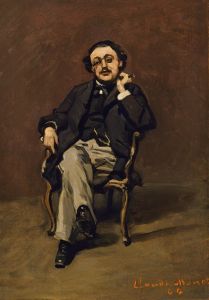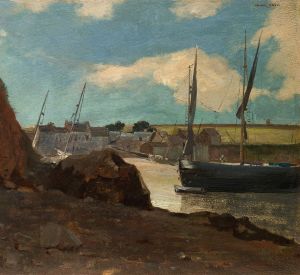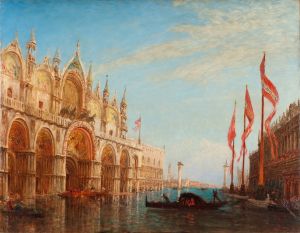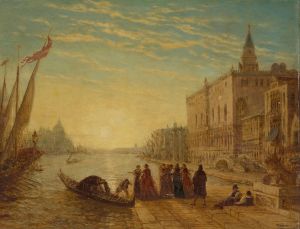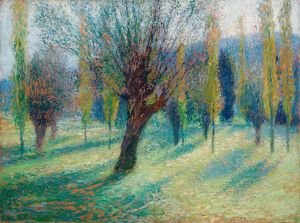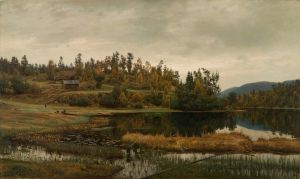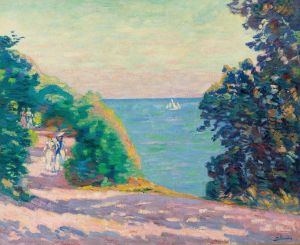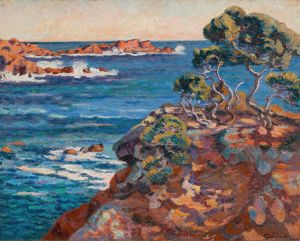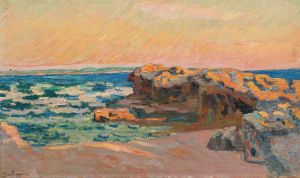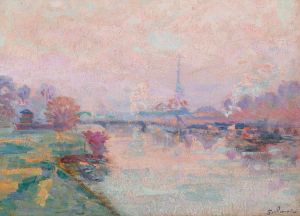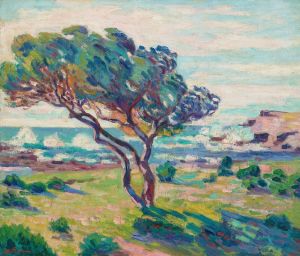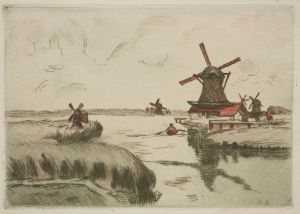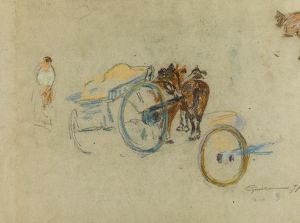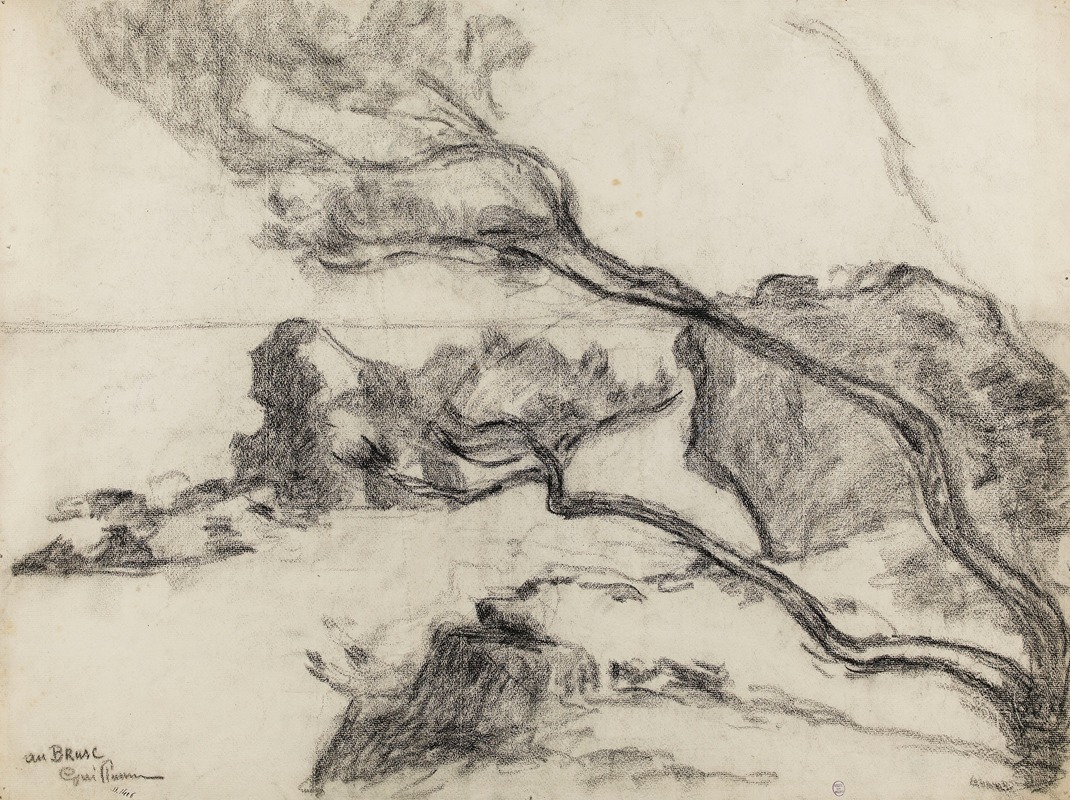
Au Brusc
A hand-painted replica of Armand Guillaumin’s masterpiece Au Brusc, meticulously crafted by professional artists to capture the true essence of the original. Each piece is created with museum-quality canvas and rare mineral pigments, carefully painted by experienced artists with delicate brushstrokes and rich, layered colors to perfectly recreate the texture of the original artwork. Unlike machine-printed reproductions, this hand-painted version brings the painting to life, infused with the artist’s emotions and skill in every stroke. Whether for personal collection or home decoration, it instantly elevates the artistic atmosphere of any space.
Armand Guillaumin was a notable French Impressionist painter, recognized for his vibrant use of color and his depictions of landscapes. Born in Paris in 1841, Guillaumin was a contemporary of other prominent Impressionists such as Claude Monet, Camille Pissarro, and Pierre-Auguste Renoir. Although he may not be as widely known as some of his peers, Guillaumin's work is celebrated for its bold color palette and expressive brushwork.
"Au Brusc" is one of Guillaumin's landscape paintings, showcasing his skill in capturing the natural beauty of the French countryside. The painting depicts a scene in Le Brusc, a small coastal village in the south of France. This area is known for its picturesque landscapes, characterized by the Mediterranean Sea, rocky coastlines, and lush vegetation. Guillaumin's choice of this location reflects his interest in exploring the effects of light and color in different environments, a hallmark of the Impressionist movement.
In "Au Brusc," Guillaumin employs a vivid color scheme to bring the landscape to life. His use of bright, saturated colors captures the intensity of the Mediterranean light, a feature that distinguishes his work from that of other Impressionists who often focused on the softer, more muted tones of northern France. The painting likely features the interplay of light and shadow, a technique Guillaumin used to convey the dynamic atmosphere of the scene.
Guillaumin's brushwork in "Au Brusc" is characterized by loose, expressive strokes, a technique that allows him to convey the movement and energy of the natural world. This approach is typical of the Impressionist style, which sought to capture the fleeting effects of light and atmosphere rather than focusing on precise detail. Through his brushwork, Guillaumin creates a sense of immediacy and spontaneity, inviting viewers to experience the landscape as if they were standing in the scene themselves.
Throughout his career, Guillaumin remained committed to the principles of Impressionism, even as the art world evolved and new movements emerged. His dedication to capturing the beauty of the natural world through color and light is evident in "Au Brusc" and many of his other works. While Guillaumin may not have achieved the same level of fame as some of his contemporaries during his lifetime, his contributions to the Impressionist movement have been increasingly recognized and appreciated in the years since his death in 1927.
Today, Guillaumin's paintings, including "Au Brusc," are held in various public and private collections around the world. They continue to be studied and admired for their vibrant color, dynamic composition, and the artist's unique ability to capture the essence of the landscapes he loved. Through works like "Au Brusc," Armand Guillaumin has secured his place in the history of art as a master of color and a devoted interpreter of the natural world.





